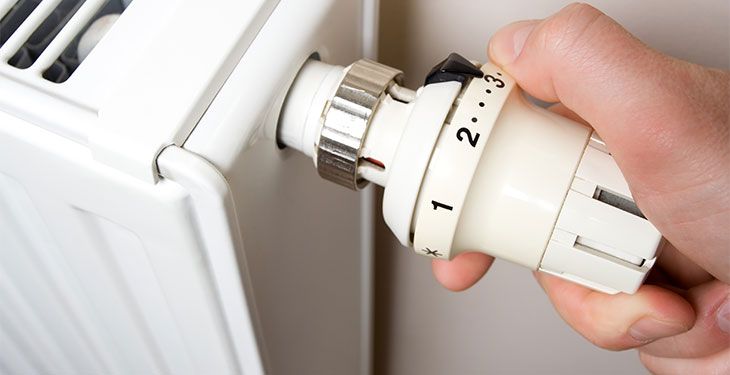Almost half of the net energy in Romania is used for heating buildings and domestic hot water (DHW), the main sources of primary energy being raw wood and natural gas (approx. 70%), according to an analysis by the Intelligent Energy Association (AEI).
The main consumer sector of final energy in Romania is the residential sector with approx. 38%, followed by the transport sector with approx. 27% and industry with approx. 21%. Mostly these sectors use energy from non-renewable sources.
In Romania, estimates of primary energy consumption in 2022 show that crude oil, coal and natural gas together represent approx. 68%, down by 7% compared to the situation in 2015, and renewable energy shows a 2.4 times increase for the same period, but nevertheless, it represents only approx. 6% of the total primary energy consumed in Romania.
“Heating buildings is the main energy problem in Europe and Romania. Heating represents the largest amount of energy consumed in a building, but also the largest amount of useful energy consumed among all consumption sectors. Also, heating also causes the highest costs with the greatest social impact. Not least for heating, obtaining renewable energy represents the biggest challenge in the future at the level of Romania and Europe,” says Dumitru Chisăliță, president of AEI.
“The heating of buildings represents the main demand for energy for a household (we have not identified information for the energy consumed on average in Romania for cooling, a component that will increase in the future).”
Among EU member states, according to Eurostat, the share of buildings powered by renewable energy sources for heating and cooling was more than half in Iceland (79.4%), Sweden (66.1%), Latvia (57.8% ), Finland (57.5%) and Estonia (52.3%).
Obtaining energy for heating from renewable resources gets down to a small number of technical solutions: a) at the level of individual houses – “heat pumps, solar thermal panels and photovoltaic panels” or “pellets and photovoltaic panels”, b) urban agglomerations – heating systems heating that uses: geothermal energy.
“Considering the low speed of interchangeability of heating methods for buildings in Romania in the last 10 years, the development of fiscal, economic, energy and environmental policies is required to strongly stimulate the change in the method of heating buildings. Even under these conditions, the probability that in 2050 we will reach the target of 50% of buildings powered by renewable energy is small, especially at the level of urban agglomerations, where natural gas/hydrogen – in cogeneration systems and heating agent from SMR, are probably the strategies that will need to be supported,” adds the analyst.

